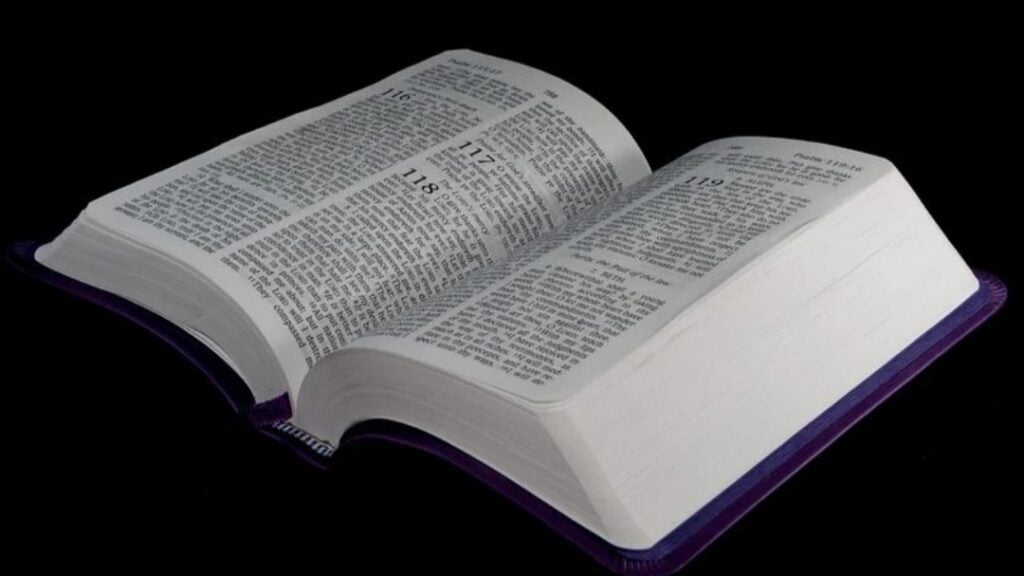This Blog’s post will look at being inclusive of the persons with disabilities by re reading the Bible focussing on Mark 5:24-34; Matthew 12:15; John 9 from their perspective.
The Mark 5 24-34 text is about the woman bleeding for twelve years shares a very delicate argument on the disability perspective. Because on one hand you do not want to marginalise disability by exasperating on bleeding being limited to disability.
But at the same time it is as good as saying that all women are disabled; and it is absurd to ponder on since when did bleeding become a disability?
Mark 5 24-34

In the biblical anthology, Skin disease and genital flows were considered as defected and shared disgrace with other mental and physical disabilities. They were cast by biblical text as highly polluting and therefore significantly marginalising for those who were affected.
The severe pollution ascribed to skin disease and genital flows as well as the resulting social limitations and even isolation imposed on affected persons are major source of their stigma. Even today bleeding is considered un pure by the society.
Bleeding Mark 5 24-34
Bleeding for 12 years is definitely different from bleeding monthly; but just because a woman bled for 10 days instead of 3; or bleed for 15 days instead of 5 doesn’t make her disabled. Bleeding for 12 years means something is not right inside her body, it is just a health problem.
However, the bleeding for 12 years is stigmatized and marginalized which has led the woman hit the ground with rags and poverty just because she bled unlike the others.
The father of the girl (Mark 5 24-34)
This text however shares a common ground on one thing that is Jesus becoming her defender and giving her identity. Before these particular verses, we are firstly introduced to the father of the girl who is raised from the dead. We are informed that she is the daughter of a man who holds considerable power.
The text projects this father to us as a defender of his daughter; who has his daughter’s best interests in mind and calls Jesus to lay his hands on her.
Yet we find that this is not the main story of the text and the story shifts to the woman who is bleeding; the text further informs us that this woman was suffering for 12 years; and had spent all her money on medical treatment to no avail as some of the other gospels suggest.
oppressed woman
It is this doubly oppressed woman, oppressed; because she is considered polluted and oppressed because she is poor to whom the focus shifts. She, instead of the powerful leader of the Synagogue and his daughter takes the centre stage.
Significantly it is this woman who Jesus calls daughter and he becomes her defender. Jesus no doubt knew who touched his cloak but he asked “Who touched my clothes?”
So that the woman could step forward, a step ahead of where all the others were, positioning her in front of the others; giving her a space and a position and identifying her amidst the rest of the people.
This recognition and identity is what the people with disability needs; not just being recognized with sympathy but being recognized by giving them the space; and the position that they are so much deprived of. Jesus’ healing activity restores afflicted individuals to purity, to wholeness. Read more…